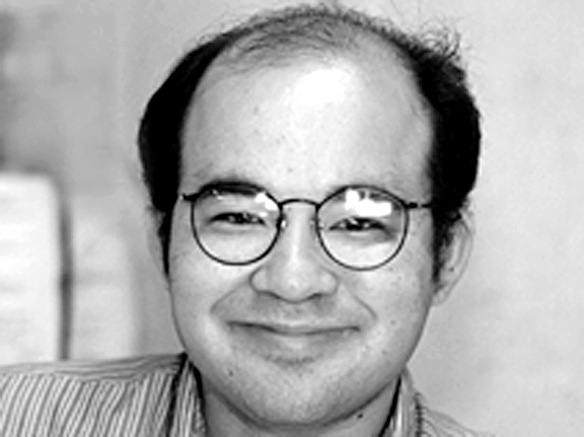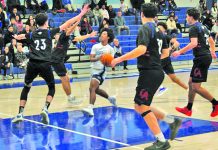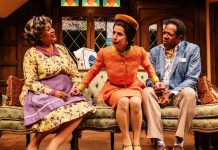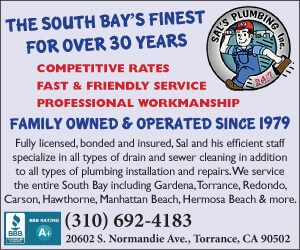For years, California’s transportation policy was aimed primarily at cars.
Suppose a sleepy old farm town was slowly growing, with new bedrooms replacing orange groves. The state would widen narrow highways and build new freeways out to that town. Of course, new freeways and wider roads allowed developers to build sprawling residential projects further out, which required more freeways and wider roads — and so on. This is how Orange County and the Inland Empire grew up.
For years, California’s transportation policy was aimed primarily at cars.
Suppose a sleepy old farm town was slowly growing, with new bedrooms replacing orange groves. The state would widen narrow highways and build new freeways out to that town. Of course, new freeways and wider roads allowed developers to build sprawling residential projects further out, which required more freeways and wider roads — and so on. This is how Orange County and the Inland Empire grew up.
Air-conditioned shopping malls were modern and mom-and-pop downtowns were old-fashioned, so city, county and state planning policies encouraged sprawl. Planning departments demanded parking, and developers were glad to oblige.
The solution to traffic congestion? More roads. Buses, trains and other alternatives were rarely even considered. All obstacles to traffic — such as wide sidewalks, bicycle lanes, shade trees — were eliminated.
Fortunately, people’s attitudes changed. First of all, gas prices started to go up, and people started to notice the smog. A few environmental scientists linked air pollution with car engine exhaust — the stuff which makes smog comes out of tailpipes.
It took time, but people started to get the general idea that maybe we need alternatives to driving everywhere — especially when it became clear that we weren’t going to be able to build more roads to make the traffic problem go away. Today, transportation planners recognize the concept of induced congestion — the idea that building wider roads will actually increase traffic by encouraging people to drive more. Building freeways is counterproductive.
In any case, by the time the Century Freeway was built, it had become impossible to build new roads without bulldozing buildings — to borrow a Vietnam War phrase, it became necessary to destroy the village in order to pave it.
And so we started building alternatives, especially new rail lines (preferably on old right-of-ways to avoid the eminent domain problem).
Of course, building a new light rail line or a subway is great, but what happens when you add rail lines or bicycle lanes to an urban landscape which was shaped by archaic, auto-oriented planning rules?
Even with new Metro Rail or commuter train stations, a neighborhood can still feel like it is designed for cars if car-centric planning decisions are made. If city and county regulations favor cars, planners will come on with urban designs which favor car traffic over transit or pedestrians.
Traffic studies which only look at automobile traffic can help scuttle transit-oriented development. Burdensome parking requirements can defeat the purpose of projects designed to encourage walking or transit use.
We need to look beyond asking “will this make traffic move slower?” We need to look at whether a project will make a city better.
We can design communities around train stations. The proposed Bergamot Transit Village in Santa Monica — at the former Red Car station, current arts center and future Expo Line station — is a good example.
We can build better streets. Take Los Angeles’ proposal for Figueroa between USC and downtown, for example. Plans show room for bicycles, trees, a streetcar and sidewalk cafes. And yes, it may slow down traffic.
The automobile will always be an important part of California culture. But it shouldn’t be to the exclusion of everything else.
"Out of Left Field" columnist James Fujita is a former GVN news editor. He works as a copy editor for the Visalia Times-Delta in California’s Central Valley. Fujita can be contacted at jim61773@yahoo.com.


















